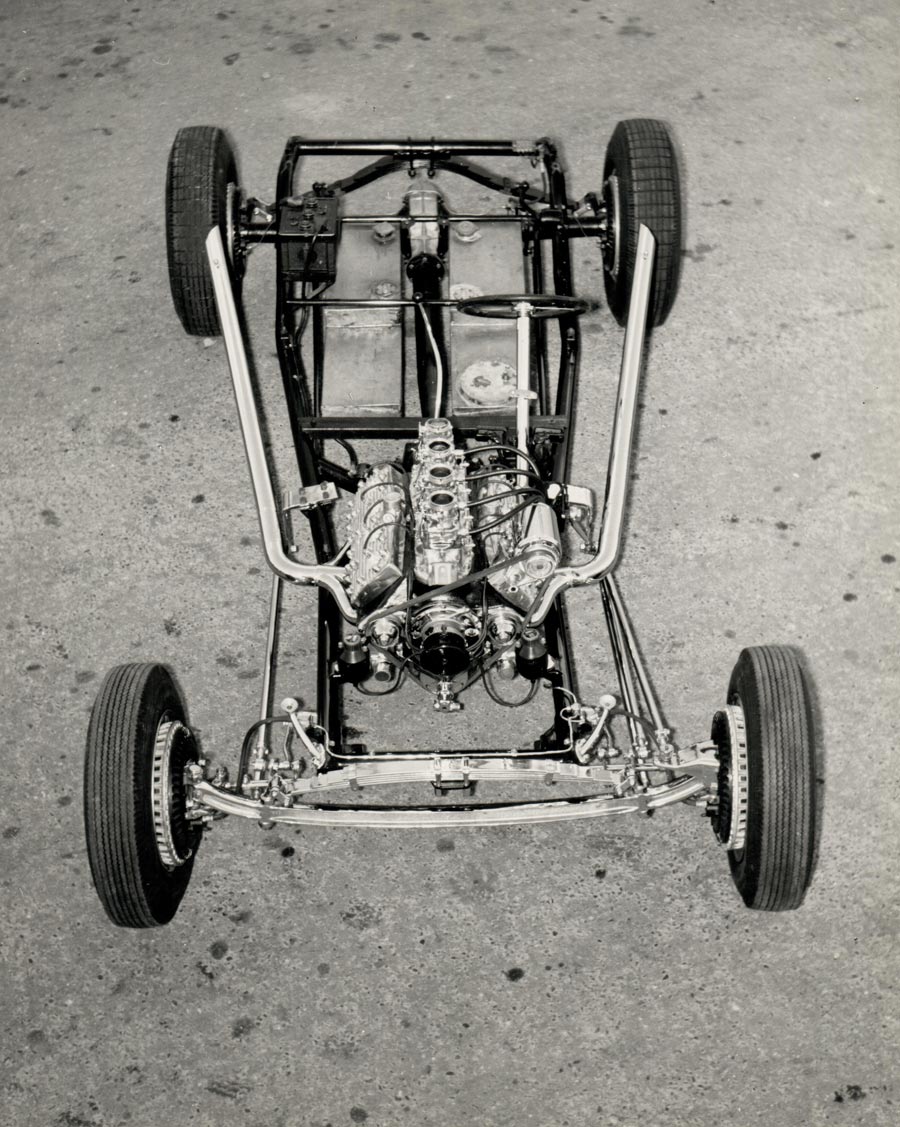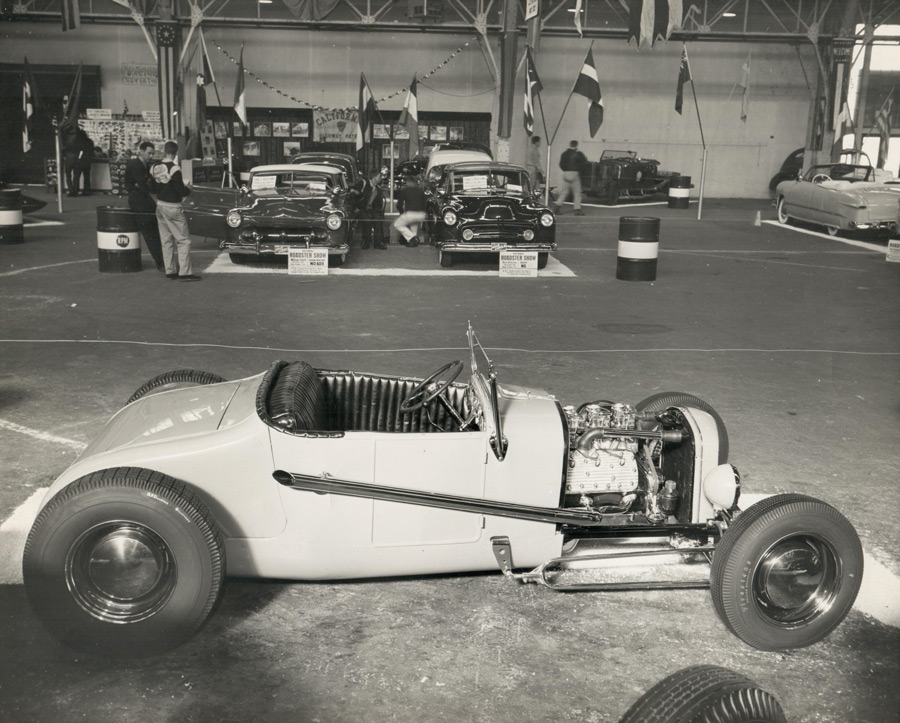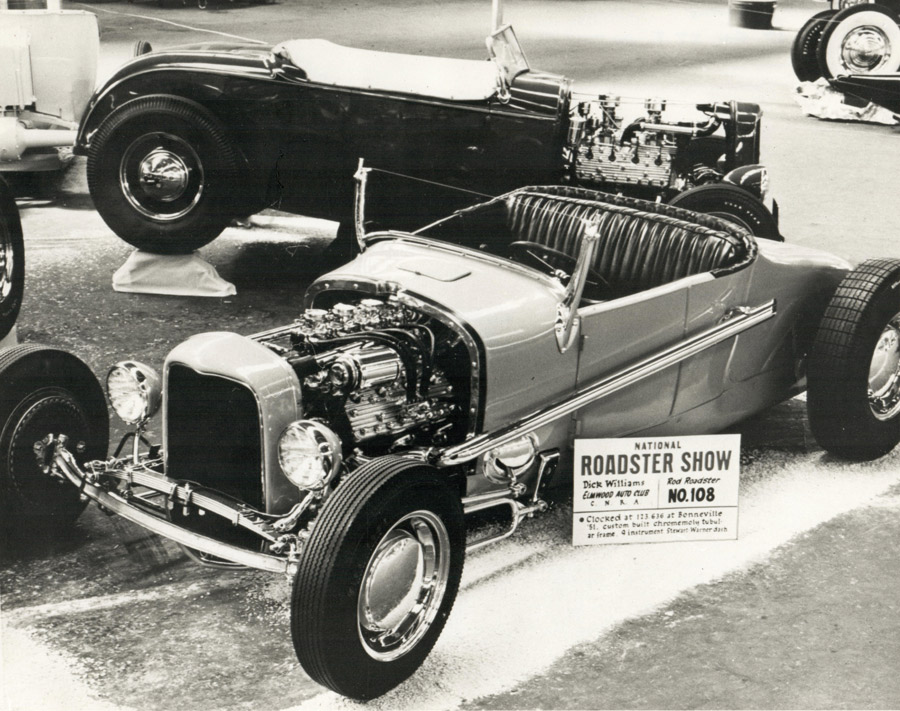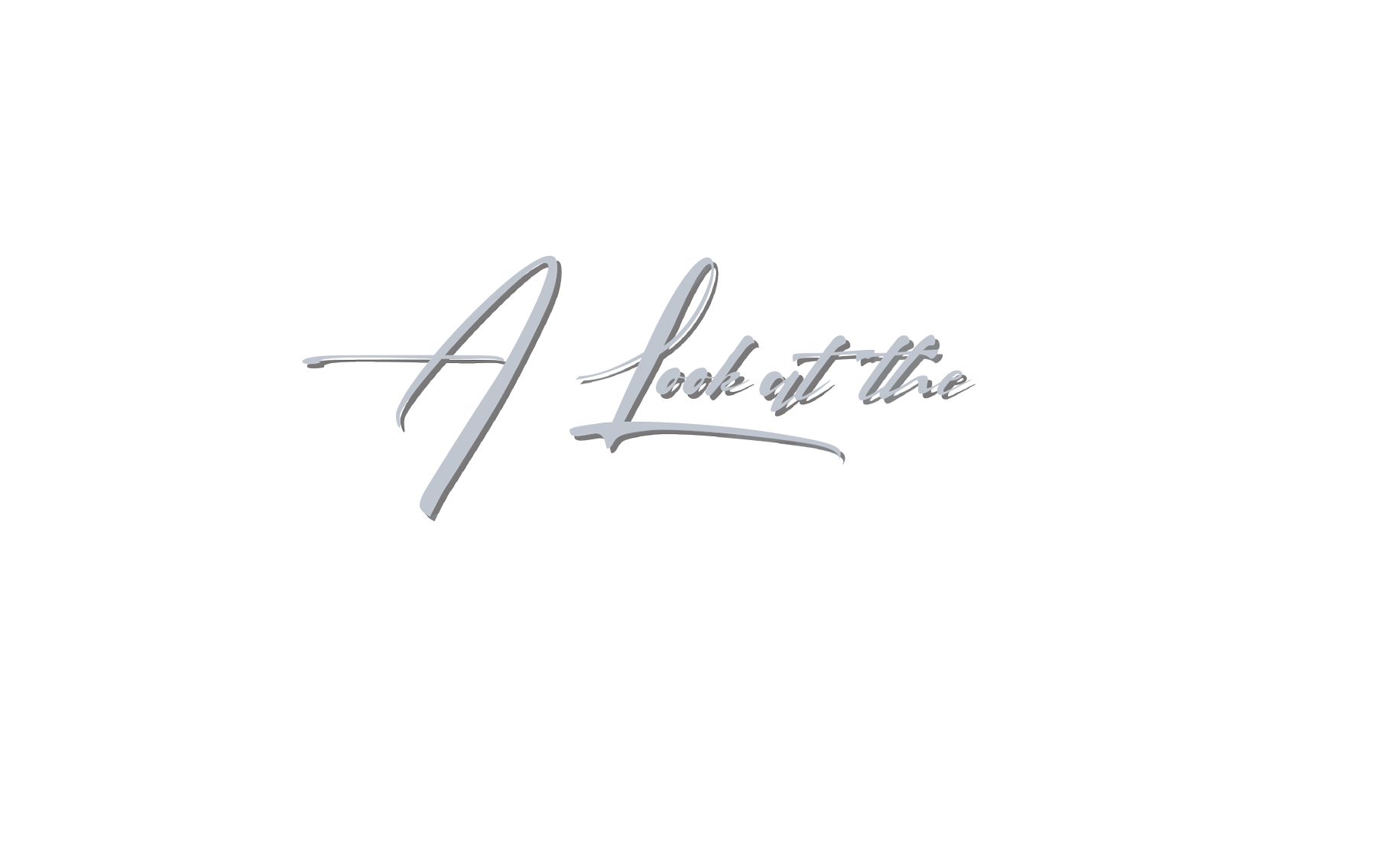
 Photography by Tim Sutton
Photography by Tim Suttone must all take a moment to be thankful for all the talented hot rodders who appreciate our youths’ “dream cars” and use their talents to make sure they don’t vanish. The number of restorations and tribute cars we’ve all seen over the past few decades should allow all of us to enjoy the cars of our dreams or allow us to see cars we would have never otherwise seen. One more to add to the collection of history brought back to life is the Dick Williams ’27 Ford channeled roadster originally built in 1951-52.
Winner of the title America’s Most Beautiful Roadster from the 1953 National Roadster Show is back once again and in all its former glory. (The first show was held on January 19, 1950, at the Oakland Exposition Building and the word “Grand” wouldn’t be added until 1963.) A special “thank you” must go to the current owners of the Williams roadster, Ross and Beth Myers. From here the likes of Roy Brizio Street Rods and Team Brizio, Darryl Hollenbeck of Vintage Color Studio, Sid Chavers Upholstery, Sherm’s Custom Plating, and H&H Flatheads were all involved in bringing back the roadster to its 1953 glory … and then some.
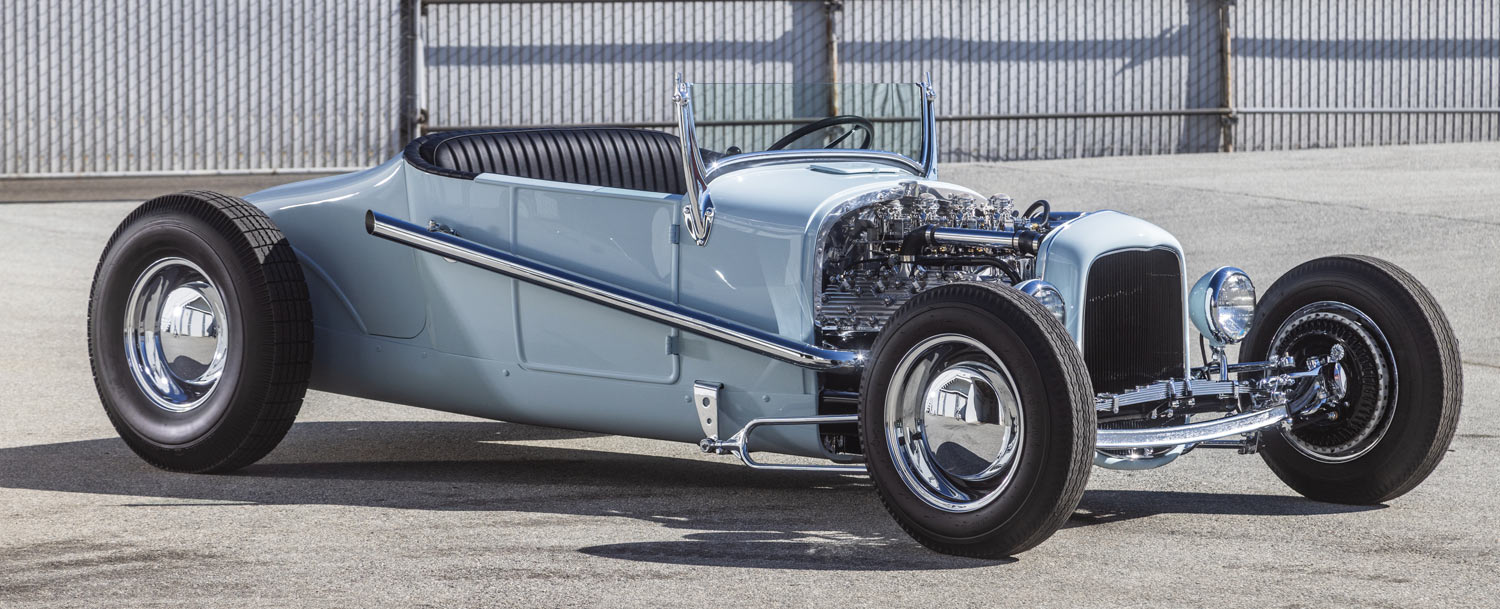
It was then purchased by Blackie Gejeian, and he added it to his collection that featured several AMBR-winning roadsters. While under Gejeian’s care the roadster remained fundamentally unchanged but did begin to gain in its provenance. The ’27 Ford channeled roadster appeared at the Pebble Beach Concours d’Elegance, and was featured in The Rodder’s Journal, Street Rodder, and Mobilia magazines, and coffee table book Hot Rod Milestones.

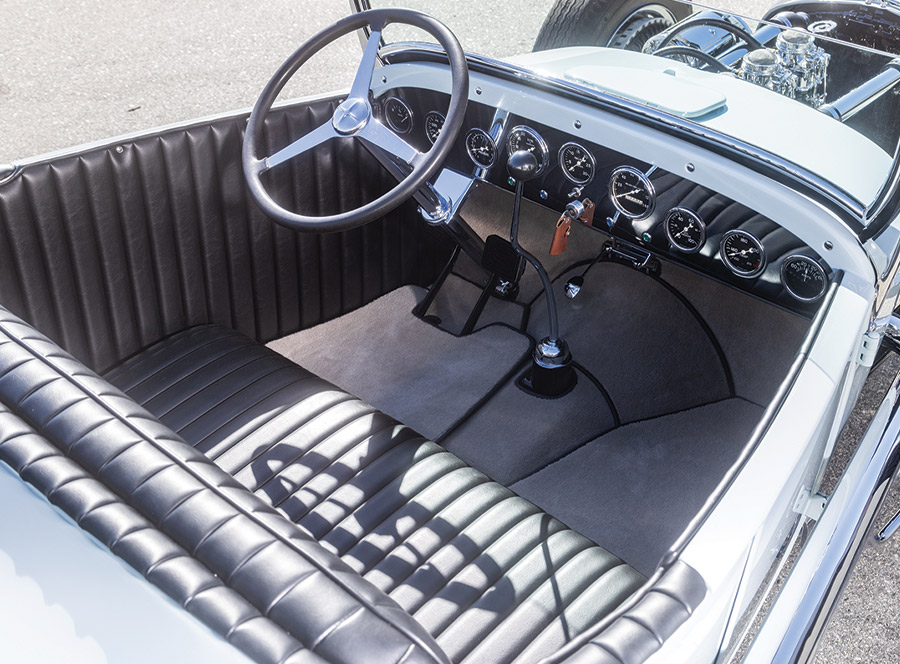
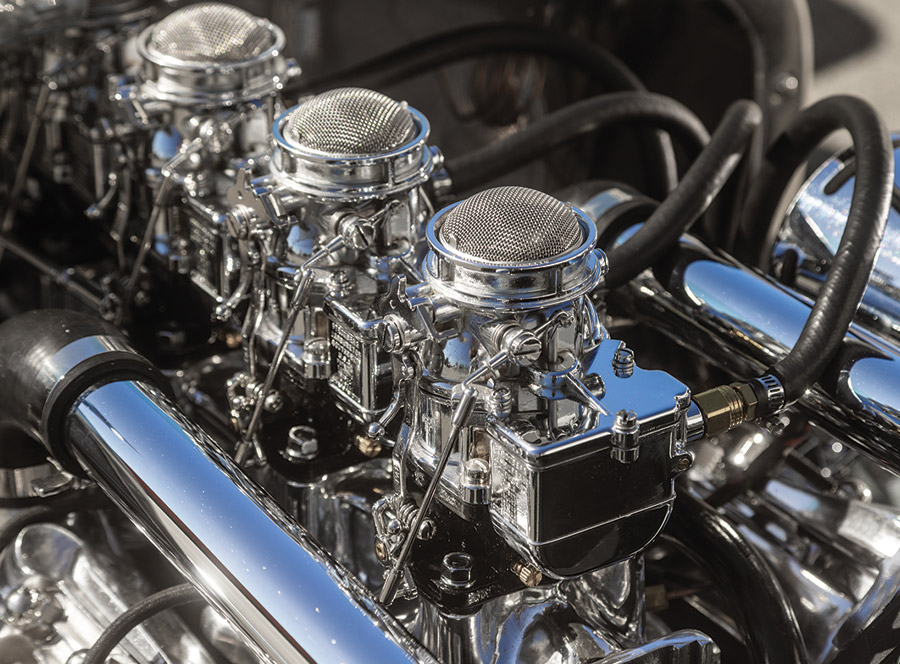
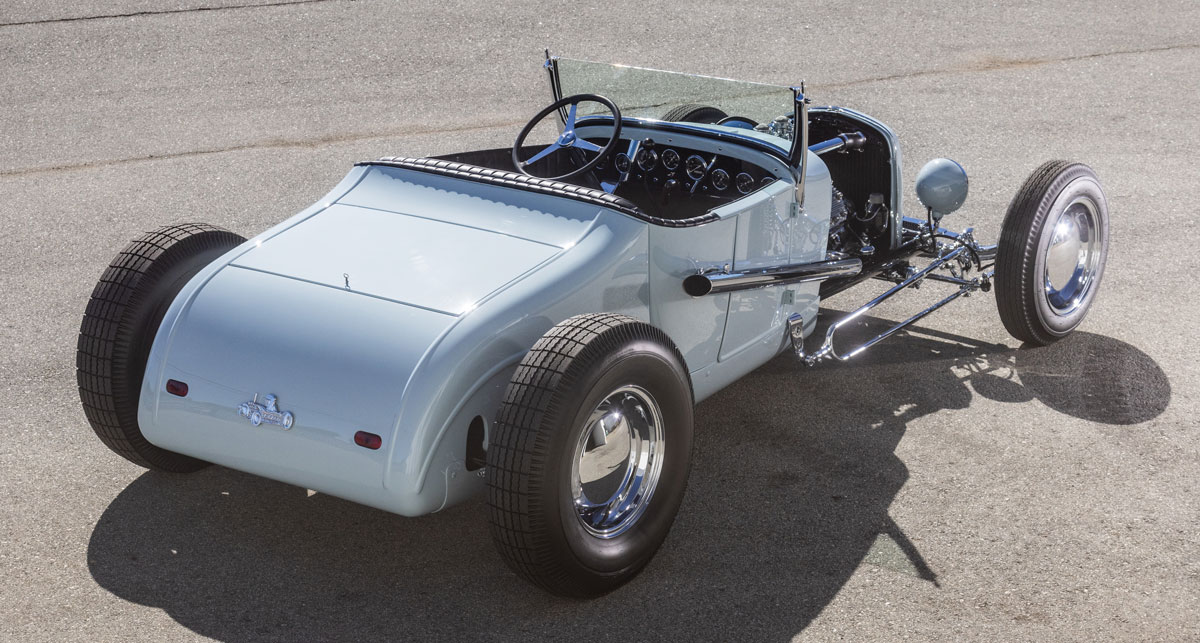

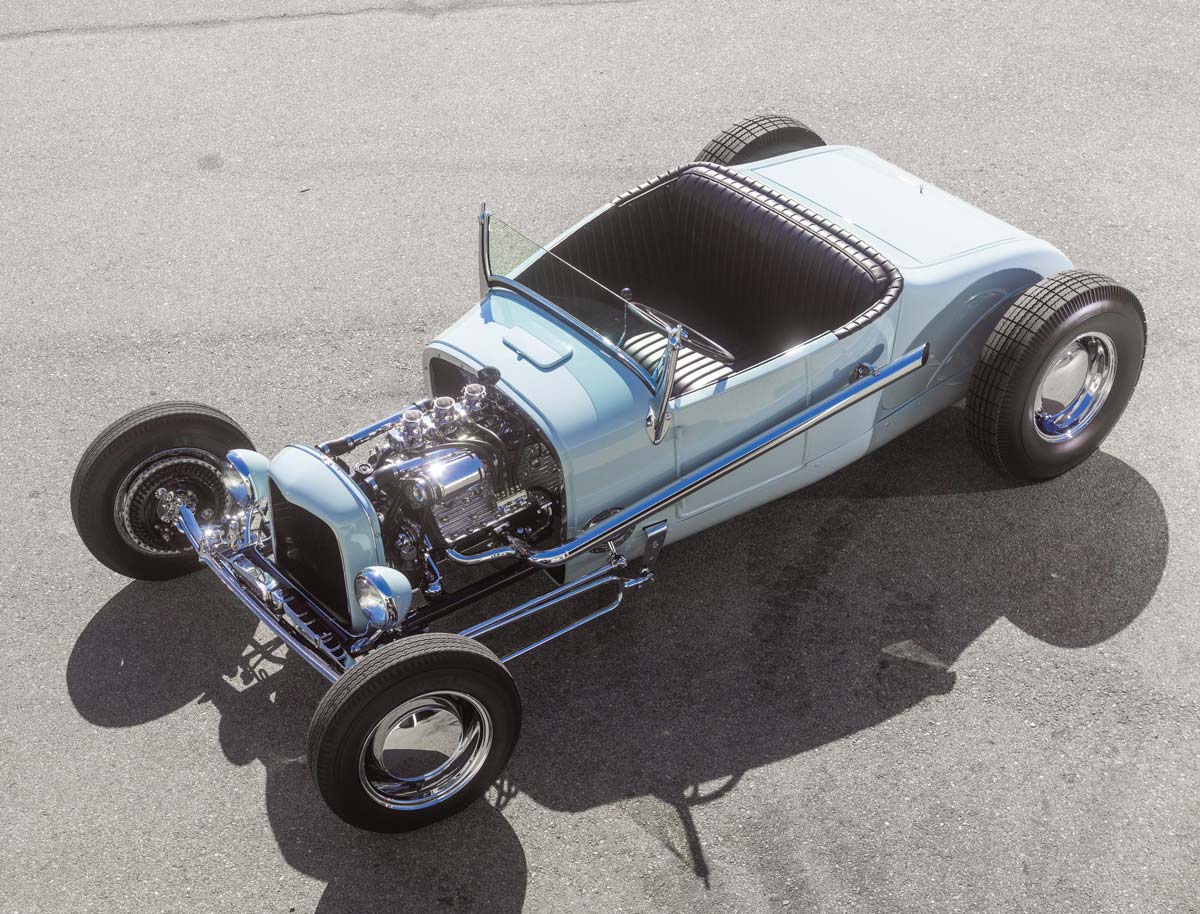
Well, there is a good chunk of history on one of our hobby’s most memorable hot rods. As always, if you get the chance to see the Williams ’27 Ford channeled roadster it is time well spent. Remember that the idea and execution was done over 70 years ago. It was a hot rod ahead of its time.
